The Bertone Collection
Authors: Gautam Sen, Michael Robinson
ISBN 978-185443-293-3
Dalton Watson Fine Book, February 2018
219×290 mm, 356 pages, 357 images, hardbound with dustjacket
US $95
Order here
Review by Pete Vack
Photos by Makarand Baokar used with permissionn
Gautam Sen (author of Marcello Gandini: Maestro of Design) and ex-Design Director at Bertone Michael Robinson (Robinson wrote about all the cars from 1990 onwards) have collaborated on a unique look at the Bertone collection. One might recall that in 2011 six of the most famous cars in the collection were put up for auction; (read The Lady Sold Her Jewels) the remaining 63 cars are the focus of the book.
That there is actually a Bertone collection to photograph is an interesting story in itself.
In 1970, Nuccio Bertone (1914-1997) had the foresight, space and determination to gather a collection of his work and had it stored in the new Stile Bertone headquarters at Caprie. The most innovative design studies not yet sold were added to Bertone’s personal collection, consisting of cars with Bertone bodies that he considered exceptional and successful.
When the business took a serious downturn with the great recession of 2008, it was decided to sell six of the most prized showcars and the Bertone collection was alarmingly depleted. There were still plenty of cars in the Bertone collection, but they too were subject to sale. Italy’s famous ASI got into action to prevent more treasures from leaving Italy.
The Role of the (ASI) Automoto Storico Italiano
Enter Roberto Loi, an ASI member who wrote the preface to the book. Loi appealed to the Ministry of Culture, stating that if the rest of the collection was put up for sale, it would have to be purchased in it’s entirety and not transferred abroad. He got his wish, but the collection would be put on sale regardless.
In 2015, the Bankruptcy Curator put the entire collection up for sale via an Internet auction. The ASI decided to act, and for a total expenditure of 3.440.000 Euros, won over 40 other bids. Author Sen notes that the “ASI is the federation of ALL the historic vehicle clubs in Italy, and have over 150,000 contributing members making the ASI one of the richer historic vehicle federations in Europe.”
Not to let this opportunity pass, Gautam Sen and Robinson decided to get the remaining cars photographed while they were still in their native location of the Stile Bertone. Nice idea. Sen sent Makarand Baokar, his photographer from Auto India magazine and with a crew of three, pushed and pulled cars for ten days in order to achieve the excellent results seen in the book. Said Sen, “The cars were all moved out of the Stile Bertone building exactly a week after Makarand completed his shoot! They were moved to a new musuem. The official opening of the Bertone Collection at this museum is on April 7.”
Sen was wise enough to go the extra mile and to include short biographies of all the postwar Bertone chief designers as a preface to the cars in the collection they penned. The book is arranged chronologically, beginning with Franco Scaglione (1952-1959), Giorgetto Giugiaro (1959-1965), Marcello Gandini (1965-1979), Marc Deschamps (1979-1991), Luciano d’Ambrosio (1991-2000), Giuliano Maria Biasio (2000-2006), David Wilkie (2006-2008), and Michael Robinson (2009-2014).
This arrangement provides an appreciation of all of the postwar designers and their work. Plus, one can compare the new vs. old artist and their work. David Wilkie’s Fiat Barchetta is astounding, and the equal of any runabout conceived by Gandini. Giuliano Biasio was responsible for the Alfa GT and the Aston Martin Jet, both outstanding designs, while Luciano d’Ambrosio’s electric Blitz and Record car from the early 1990s were far ahead of their time.
Unfortunately, there are no concept cars by either Scaglione or Giugiaro, the good stuff long having disappeared into private collections and museums. But Gandini’s Autobianchi A112 Runabout, the NSU Trapeze, the Ferrari Rainbow and others are part of the collection, as are several from Deschamps, including the incredible Bertone Corvette Nivola.
The development of each of the cars is described in relation to the designer. Additional drawings were done by Ondrij Jirec, who works as a designer for Aston Martin Lagonda in England.
To remind us of what was lost, Sen and Robinson also include a chapter on the six that got away, which includes the Marzal, Bravo, and Testudo. Here photos from RM/Sotheby auction in 2011 are well placed.
The translation is sometimes uneven, but otherwise a very well researched and written book. There is the usual great Dalton Watson index and a bibliography.
The eventual disposition of the collection is still in doubt, but hopefully the ASI will be able to present these cars to the public in the near future. We have to thank Sen, Robinson and Baokar for documenting the collection for posterity. It is a good bookend to other Italian Coachbuilding histories.
Where or what are they now?
There has been a lot of turmoil since 2008 in the Italian design sector. Here is the current status of the most popular of the big six Italian coachbuilders from Wiki and available websites.
Bertone, after having ceased trading because of financial difficulties, Bertone on 18 March 2014 confirmed that it will be declared bankrupt if a suitable buyer was not found by the end of April. In May 2013 the license rights of the brand were granted by Bertone Cento to Bertone Design, a company established in Milan, led by architect Aldo Cingolani with the aim of a reviving the brand in multiple fields, such as architecture, industrial design and fashion. Bertone Design also operates in the railway sector. Its most recent projects are the Frecciarossa 1000 Trenitalia and the regional train “Jazz” produced by Alstom. Bertone Design claims continuity with the original company and is part of the AKKA group.
https://www.bertone.it/ www.akka-technologies.com
Touring closed 1966. In 2006, a group of private investors specializing in high-end automotive makes, bought the brand and trademarks from the late owner. Carrozzeria Touring Superleggera S.r.l. was established in Milan to provide automotive design, engineering, coachbuilding, homologation services, non-automotive industrial design, and restoration of historic vehicles.
Pininfarina, who stopped manufacturing cars in 2011 and is today only a design firm, is now in the hands of the Indian Mahindra Group, which took control of the company in 2015. According to their website, the museum still exists at Cambiano (To), Via Nazionale 30, but visits must be booked in advance and are allowed for groups of at least 5 people.
Zagato retains its original commitment to specialized coachbuilding. It is an independent coachbuilding company and total design center located northwest of Milan in the Terrazzano frazione of Rho, Lombardy, Italy. It continued to create limited series cars. However, according to WIKI, In July 2011 it was reported that specialist car builder Coventry Prototype Panels (CPP) had acquired Zagato, with Vladimir Antonov funding CPP and its recent acquisitions, but that CPP Milan s.r.l. is an independent company. At the beginning of 2012 CPP Manufacturing was acquired by Evisage Group, a consulting-service company in automotive engineering field based in Coventry.
Ghia studios, as of 2012, produce many various concept cars under the Ford banner. However, it will also forever be linked with Ford’s top-line models.
Vignale also disappeared under the Ford banner years ago. In September 2013, Ford of Europe announced plans to resurrect the Vignale name as an upscale luxury sub-brand of Ford. The cars will be visually distinct from regular Ford products and have an improved dealership experience. In 2016 Ford of Europe announced a Kuga Vignale Concept vehicle at the Geneva auto show.
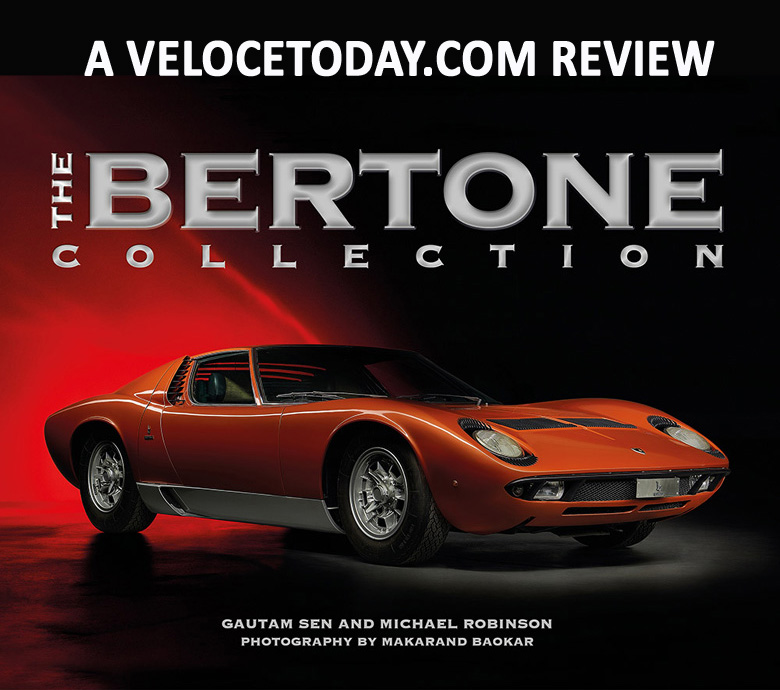
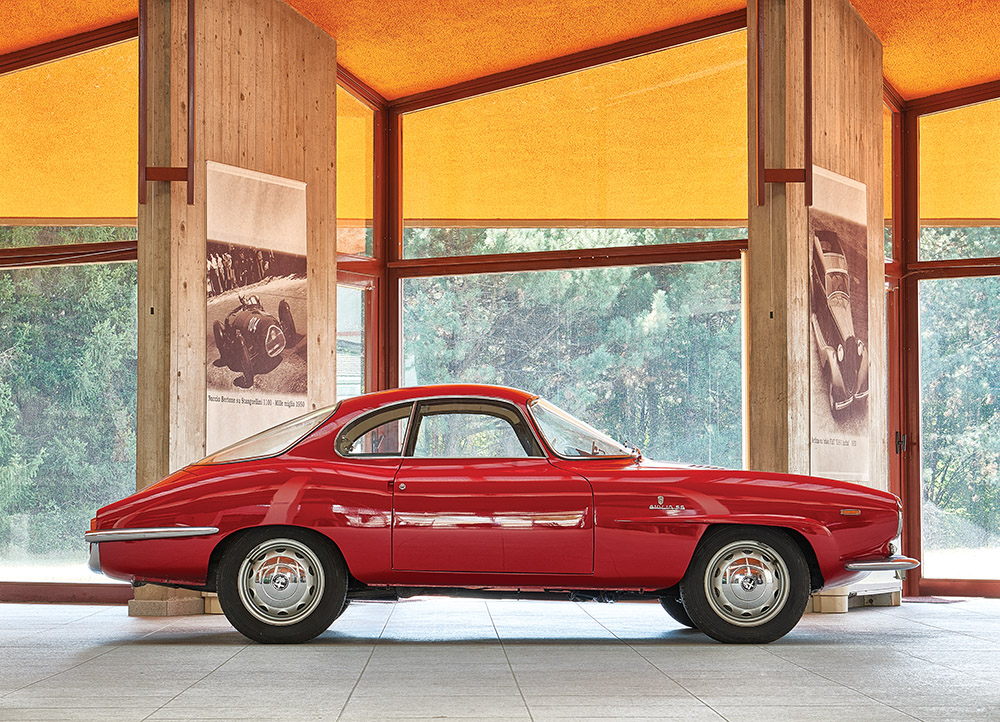
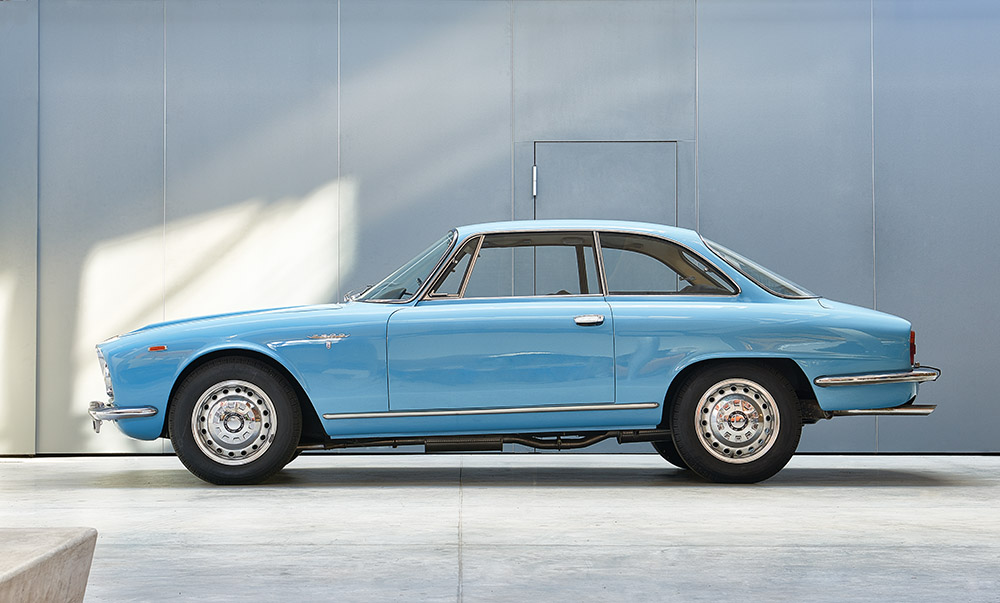
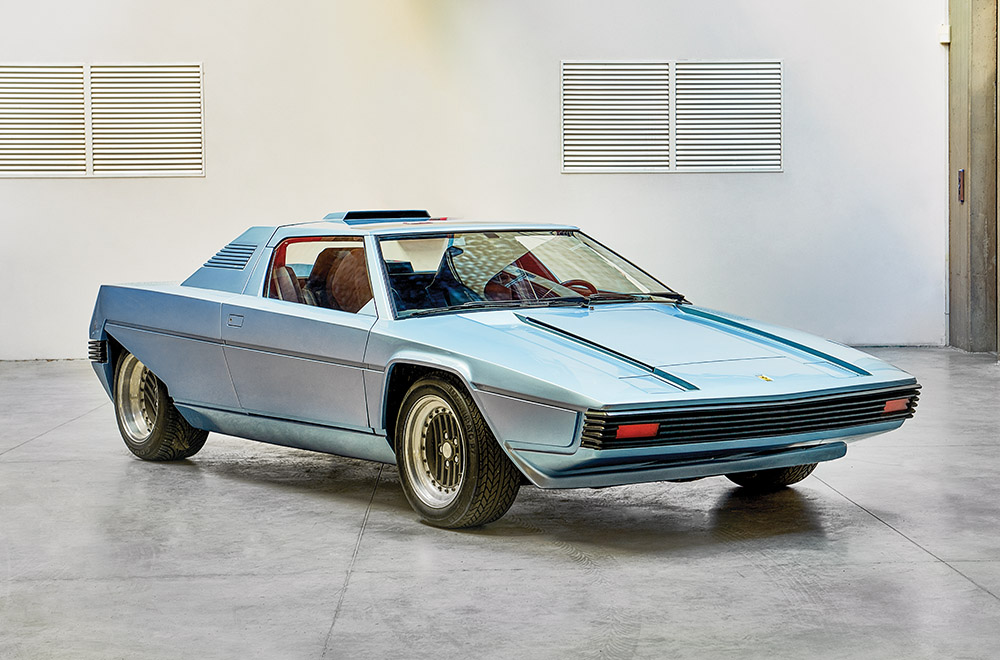
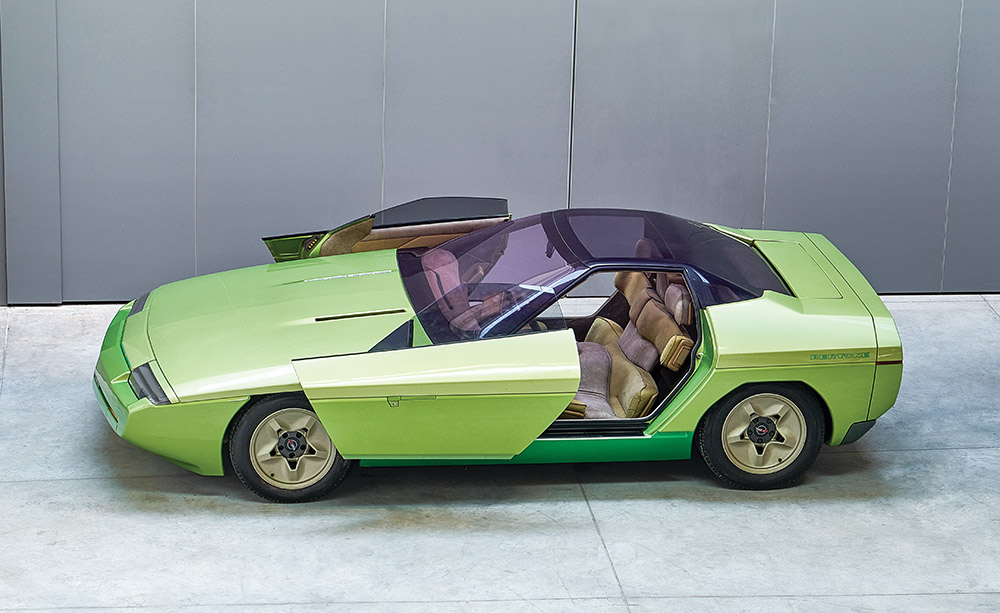
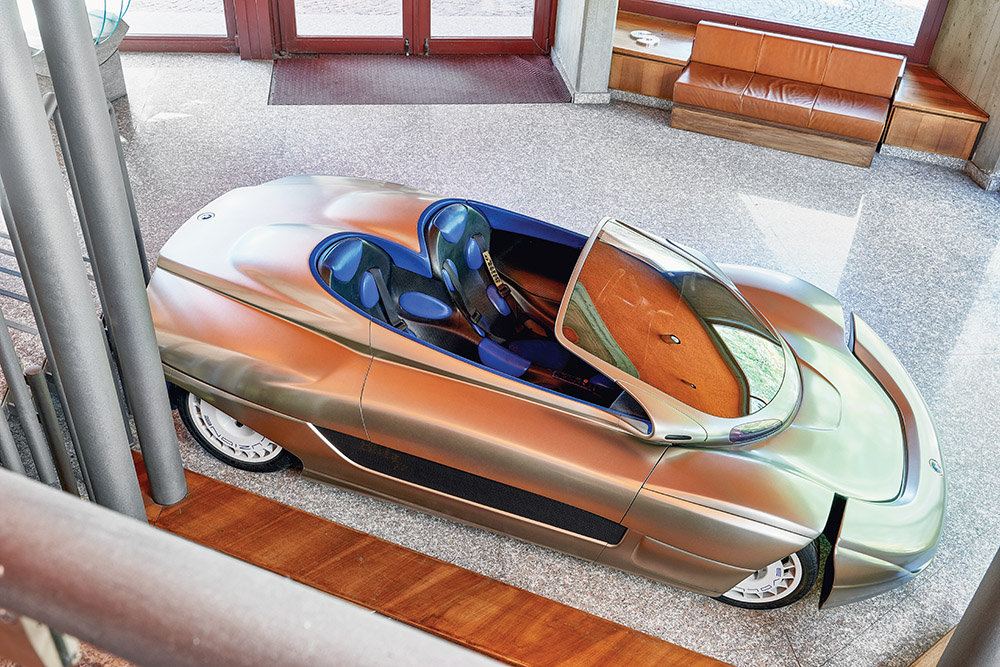
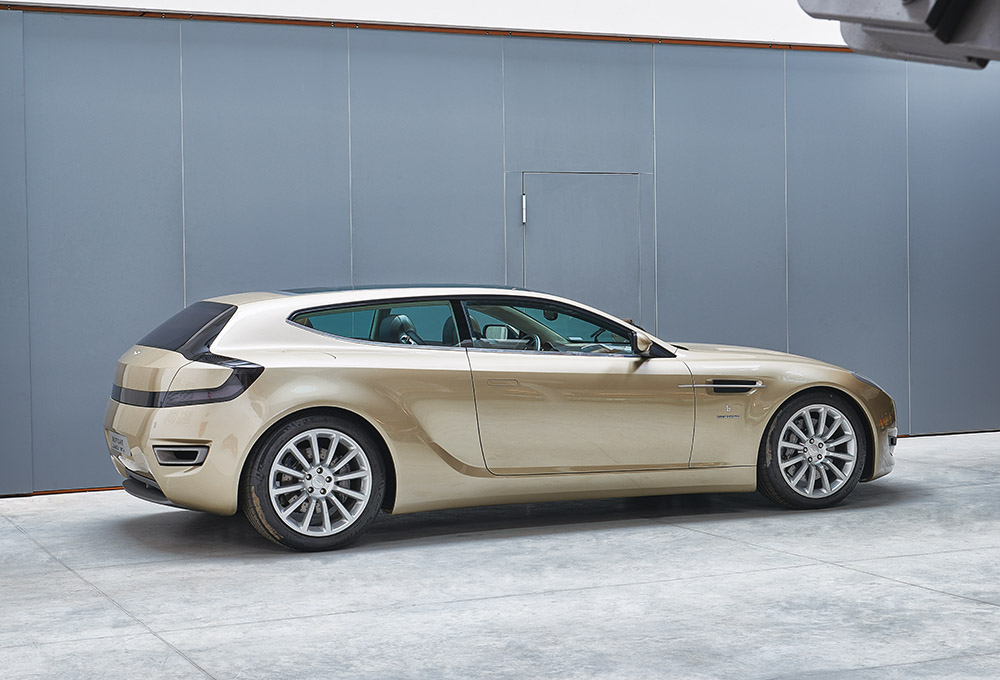

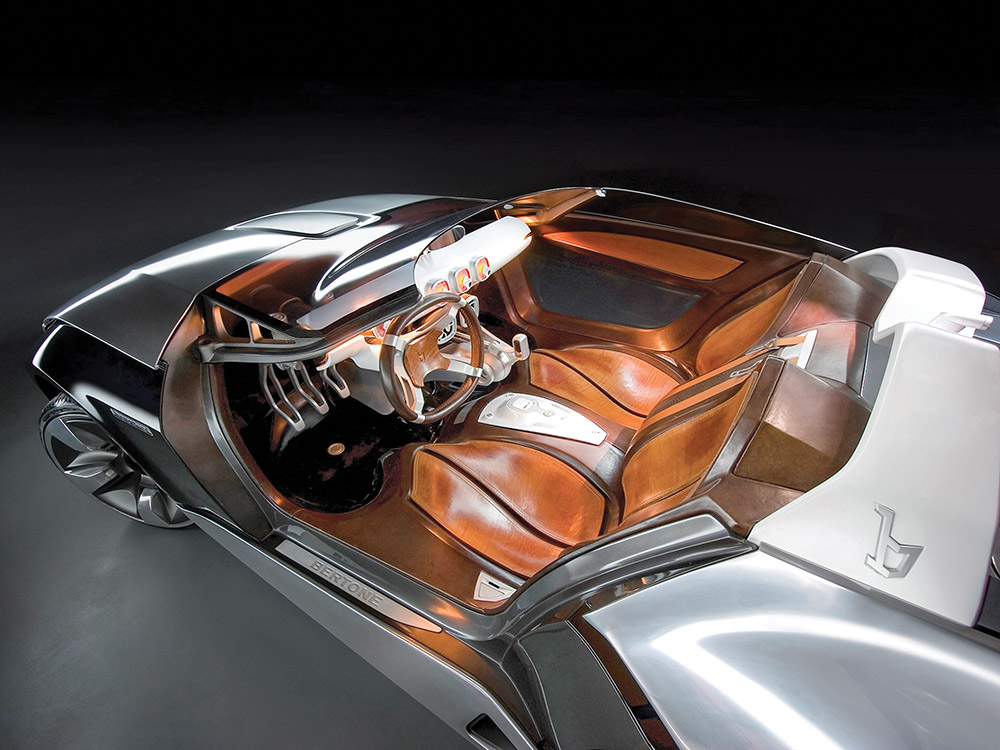
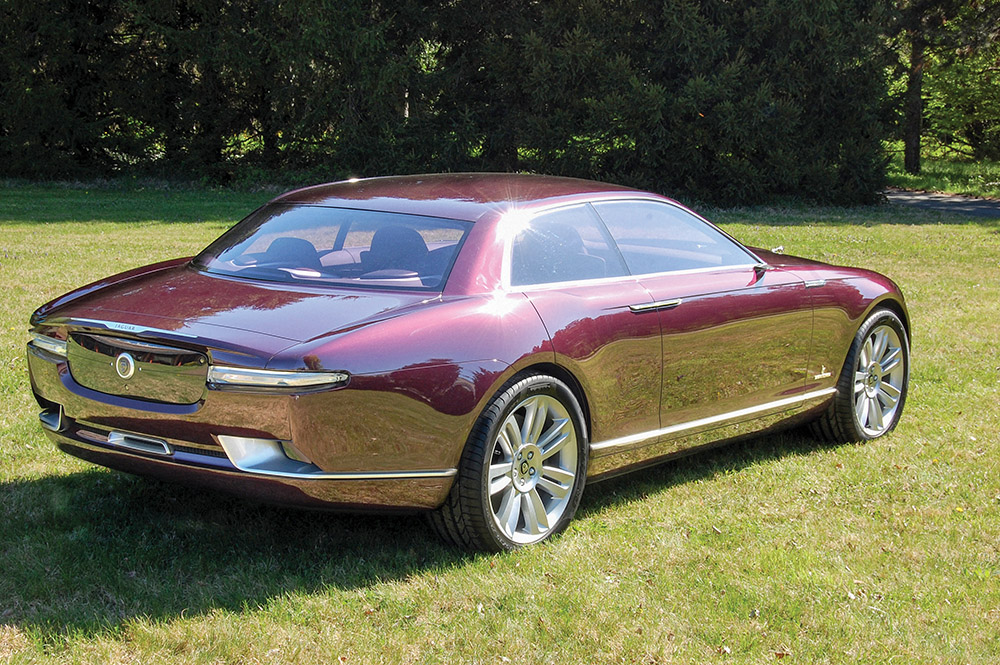
ASI moved the Bertone Collection to the Volandia Museum site, close to the Milano-Malpensa airport and linked to Terminal 1 of the airport by a footpath.
The Collection will be formally opened to the public on Saturday April 7 when the first pocket-size guide to the 176 Italian transportation museums and collection, compiled by the ASI History and Museum Commission, will be introduced. It will be offered as an attachment to “La Manovella”, the ASI monthly house organ, that has the largest circulation (about 160,000) in Italy among magazines on historic cars and bikes.
how many rainbows were built? I have an unopened model kit of the car. A Rainbow was offered ‘way back when as the big Christmas superpresent in the Neiman-marcus catalog